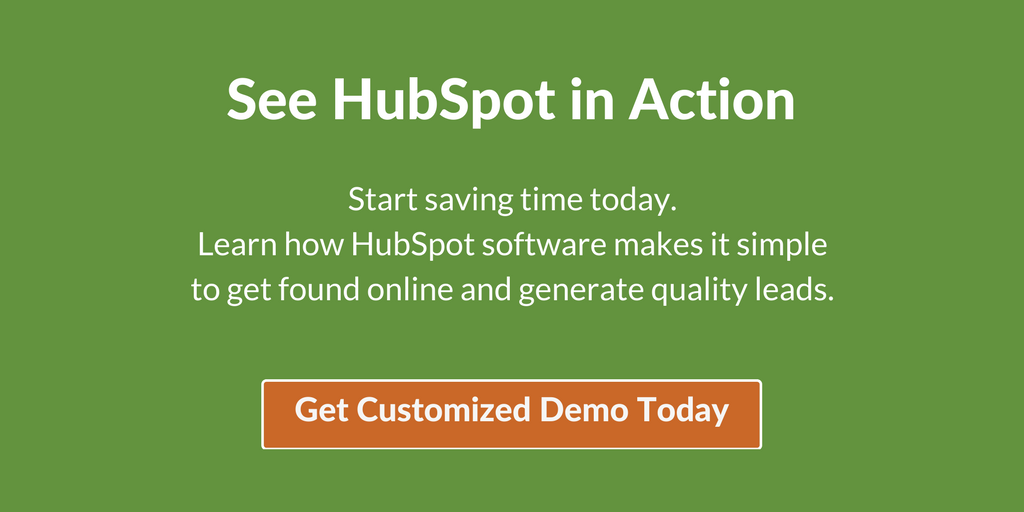
Now that we've talked about the what, why and how of inbound marketing, it's time to learn the playbook, the many tools you can use to attract prospects to your company and convert them to customers. Following these steps and techniques, you'll get content in front of your prospects and nurture them to become your customers when they're ready to buy. In honor of my professional baseball-playing son, Sean, I'll use a baseball analogy of running the bases. With inbound, just like baseball, you need to know when to act and when to hold back. This playbook will help you know when to apply certain techniques to get the run.
Start By Hitting a Single to First Base
You have to start somewhere. Attracting complete strangers and turning them into website visitors takes a special skill. Through blogging, social media activity, keyword optimization and the creation of engaging web pages, manufacturers can ease their way into the hearts of their prospects. You don't want to come on too strongly. Start by slowly introducing yourself to these virtual strangers using the following tools:
- Blogging may sound like something only hip, new companies or individuals are doing, but numbers from HubSpot indicate that companies that blog generate 125% more leads than ones who don't. You also need to understand what your ideal buyers are searching for. Pick keywords and build your content and conversations around understanding and solving their problems.
- Social Media is a way to share blogs, company news or other content of interest to your audience. You can also comment on or "like" content from clients, partners or even competitors. Social media isn't just for teenagers. Being active on sites like LinkedIn, Facebook and Twitter puts a human face on your brand and allows you to engage with your prospects and other companies they may do business with.
- Keyword Optimization is a way to ensure you are writing about the topics your prospects are looking for. If your content matches your keywords, you have a better chance of getting found online.
- Compelling Web Pages are integral to success. Your prospects won't stay long if you fail to draw them in with readable content they want to see. It's important to review your key web pages regularly to ensure that you're selling what your prospects are looking for.
Steal Second Base
So, you got them to visit your website. Now you need to convert them into actual leads. There are many tools that can help you accomplish this. If you don't have actionable ways for your visitors to interact with you, you won't generate leads. Make it easy for them to submit contact information using the following:
- Calls-to-Action are simply enticing buttons visitors use to take action, like "Download a Whitepaper" or "Sign Up for our Newsletter." Using action words like read, learn, join, get, find, etc. will pique your visitor's interest and compel them to convert.
- Landing Pages are web pages, usually with forms, where a visitor "lands" after clicking a call-to-action. These, too, must engage your visitors, so be sure you have awesome content. Keep it simple and use video or images to add credence to your offer. Give a brief glimpse into the content using bulleted lists (search engines love those).
- Forms are a very necessary part of this process since it's how a prospect submits information you can then use to start a conversation. It's best to only ask the minimum amount of information so your visitor doesn't feel burdened. Follow up right away with a response, such as an automated thank you message or email. Marketing automation helps to make this seamless and notifies you when you have a new contact to nurture.
Round Third and Bring It On Home
Now you have contact information and you can nurture these leads until they become your customers. Sounds easy, right? It can be, but you must be ready to run hard to bring them home. It may take a lot of nurturing before a prospect is ready to become a customer. Start by deploying a series of emails focused on helpful and relevant content. With each meaningful interaction, including the following, you're courting your leads with your knowledge and expertise:
- Lead Scoring allows you to move your leads through the sales funnel by assigning different scores or grades to a prospect. These pertain to their place in your sales funnel and define the next steps you'll use to keep them moving.
- Email in this phase is far more nuanced and greatly depends on how your first reached them. Tailoring and personalizing your message each and every time will ensure a prospect stays interested.
- Automated Workflows make email, nurturing and other touches a lot easier to manage. Pre-defined triggers deliver the messages your leads need to hear when they need to hear them.
- CRM Integration is the fastest way to move your leads through the funnel while giving you a visual that helps you hone messaging at each step. Getting to know your potential customer in a systematic way helps you keep tabs on them.
Keep the Party Going After the Win
Marketing doesn't stop after the sale. It takes diligence to turn your customers into repeat customers or even promoters. Use the above inbound tools, including personalized messaging to keep your customers engaged. Surveys and feedback forms coupled with relevant social media interactions and regular company communications will help keep you top of mind for future projects or when someone asks your customer for a recommendation.
Now that you know the lingo and the processes to take your prospects from stranger to best customer, it's time to get started. Let us show you how a marketing automation tool like HubSpot can help you deliver the right message to the right people at the right time.


Comments